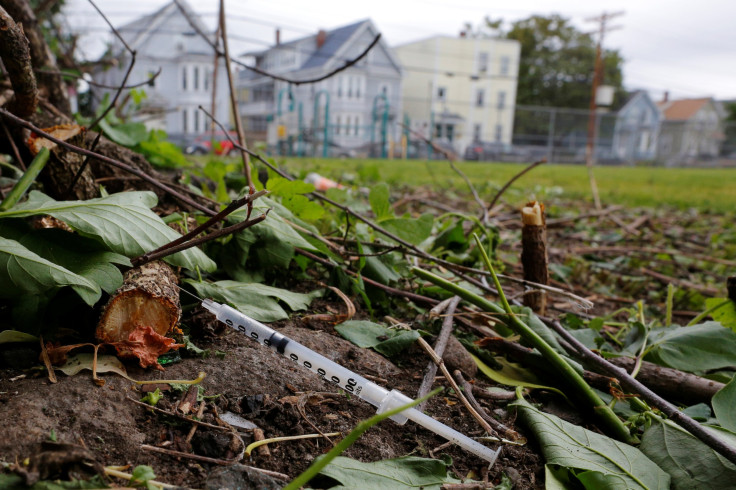How Can The Opioid Epidemic Be Solved?

President Donald Trump on Tuesday said that he will be briefed on the opioid epidemic in the United States from his summer vacation at his private golf course in Bedminster, New Jersey. The opioid crisis claims thousands of lives each year, and a White House Commission on the matter has recommended Trump declare an emergency to address the situation. The crisis is multi-faceted and would require several policy prescriptions to help tackle the problem.
According to a draft report from the White House Commission on Combating Drug Addiction and the Opioid Crisis, deaths involving opioids have quadrupled since 1999. Opioids include both prescribed pain-killers such as OxyContin and Vicodin and street drugs like heroin derived naturally from opium as well as the extremely powerful synthesized versions that include drugs like Fentanyl.
TRENDING: Video Shows Malia Obama Being Carted Out Of Lollapalooza In Chicago
One of the main issues that helped lead to the epidemic was over prescription. Marty Makary, a surgeon and John Hopkins professor, described how he used to give out “opioids like candy.”
“Some of my mentors told me that overprescribing prevents late night phone calls asking for more. The medical community at that time ingrained in all of us that opioids were not addictive and urged liberal prescribing. So that’s exactly what we did,” wrote Makary in a USA Today op-ed last week.
Makarky said when he saw his father recover from surgery with only ibuprofen that he felt pain management should be reconsidered. The Center for Disease Control and Prevention (CDC) reported this year that the number of opioid prescriptions in the U.S. has tripled since 1999. There were enough opioids prescribed in 2015 to medicate every American around the clock for three weeks, according to the CDC.
The CDC outlined in a report that one step forward to helping end the opioid crises is for doctors to be more conservative in how they prescribe opioids — and to prescribe less. One way to do that is to write prescriptions that only last a certain number of days so that the patient will have to keep coming back to the doctor if they need more. This allows doctors to monitor patient’s opioid intake. Some states, like Massachusetts, have taken up laws that limit prescriptions to the CDC’s recommended three-day limit.
READ: 11 Opioid Crisis Fast Facts As Trump Holds Press Briefing
Increasing treatment options and centers could also help tackle the opioid problem. A 2016 Surgeon General report outlined that only 10 percent of Americans with substance abuse problems got the right kind of treatment, mostly due to lack of access. People who need and want to access help in rural states like New Hampshire face long distances and wait times on their road to recovery.
Another policy prescription for helping solve the opioid epidemic is de-stigmatizing addiction and treating underlying mental health issues that either led to substance abuse disorder or were caused by it. The Surgeon General’s report recommends treating substance abuse order holistically, adding that reducing stigma can help bring sufferers out of the dark and into treatment.
© Copyright IBTimes 2024. All rights reserved.











